
You’re about to drive a very storied car,” says John Gaw, managing director of Aston Martin Racing (AMR).
In addition to earning the Banbury-based team the FIA World Endurance Championship (WEC) LMGTE Pro titles for teams and drivers last year, the exact V8 Aston Martin Vantage GTE I’ll be driving around the Algarve International Circuit in Portugal also won both the LMGTE Am title in 2014 and its class in the Le Mans 24 Hours in the same year.
“That car, as it sits, needs to be on the Geneva show stand in two weeks,” adds Gaw. No pressure then.
New Aston Martin models herald hardcore sub-brand
As I survey the Aston in the garage, it’s the details that impress. Yes, this race version clearly relates to the road-going Vantage, but these top-spec GTs are made using nearprototype levels of engineering. There’s carbonfibre everywhere, most apparently on the giant rear diffuser, which was a fresh addition for last season;intricate door mirrors are another lovely aero detail. Sensors and wiring snake throughout, with a plethora of computers in what would be the passenger space in a road car.
But it’s the driver’s seat that awaits, after the team has disconnected the cords and hoses used to warm up the production-based 4.5-litre V8.
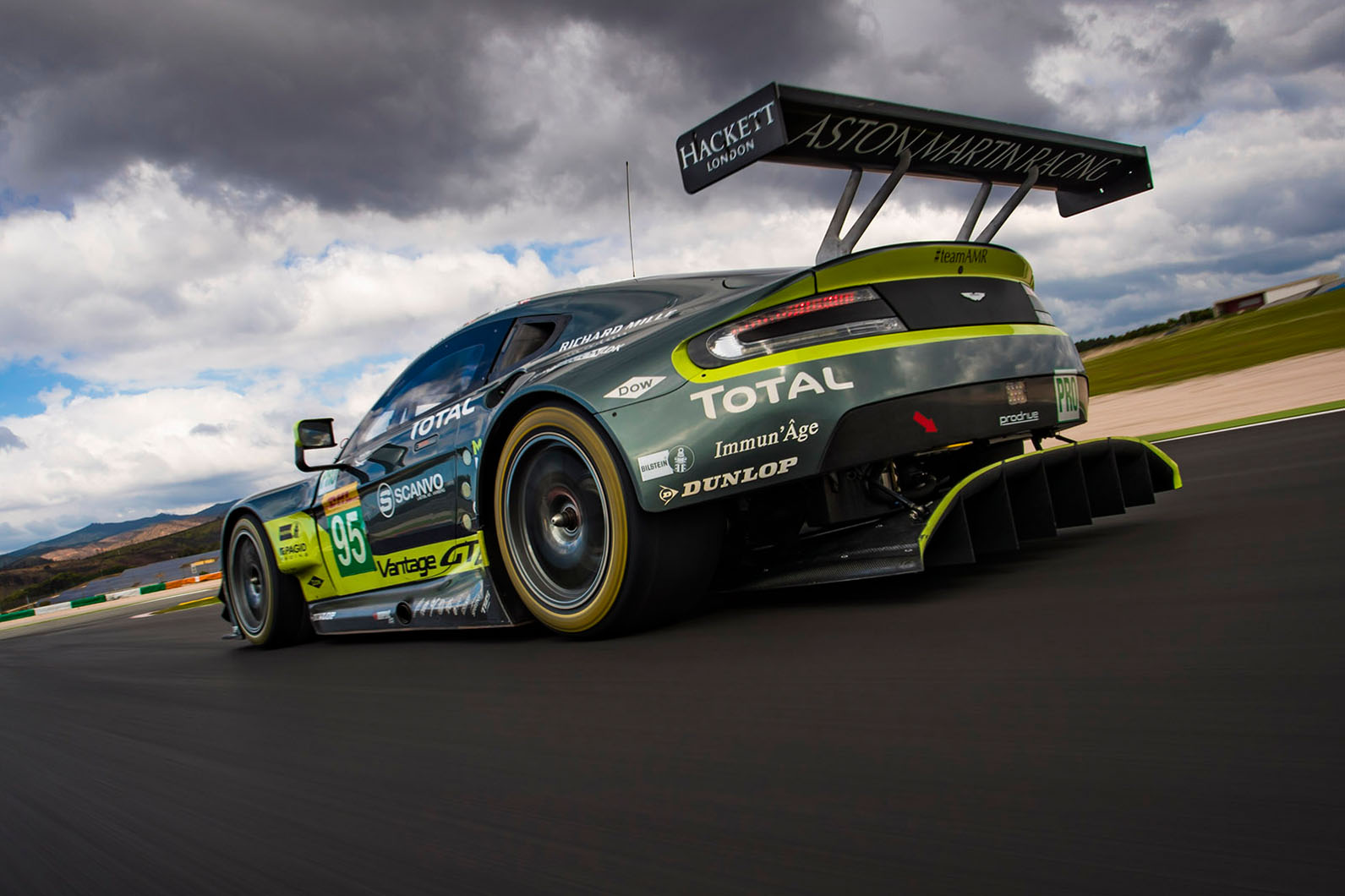
That’s right, no V12. “The V8 is lighter,” says Dan Sayers, technical director at AMR. “We constantly evaluate whether we should switch to the V12, but in terms of efficiency, mass and packaging, the V8 is a better race engine.”
I slide in while the Aston still sits on its air jacks, minus magnesium wheels and Dunlop tyres. The Racetech seat is set far back, with the rectangular steering wheel nice and close. The pedals are set up for either right or left-foot braking, because works driver Darren Turner – like this writer – prefers the more Luddite deceleration method.
Development engineer John Ogden gives me a run-down of the controls. He tells me not to fiddle and simply drive the car. This is a good thing, because my brief sighting laps have been in a Volkswagen Polo hire car.
The crew secure the centre-lock wheels and drop the Aston noisily onto the asphalt before I fire the engine. The clutch is relatively friendly and only needed when exiting the pits. As I head onto the track, my mind returns to a comment from Sayers: “We targeted making this car easy to drive. It’s not too aerodynamically sensitive. We spend a lot of time on having a car that a professional driver can exploit but is easy for an amateur to drive.”
It’s a comforting thought as I disengage the pitlane speed limiter and begin swapping ratios in the six-speed sequential gearbox.
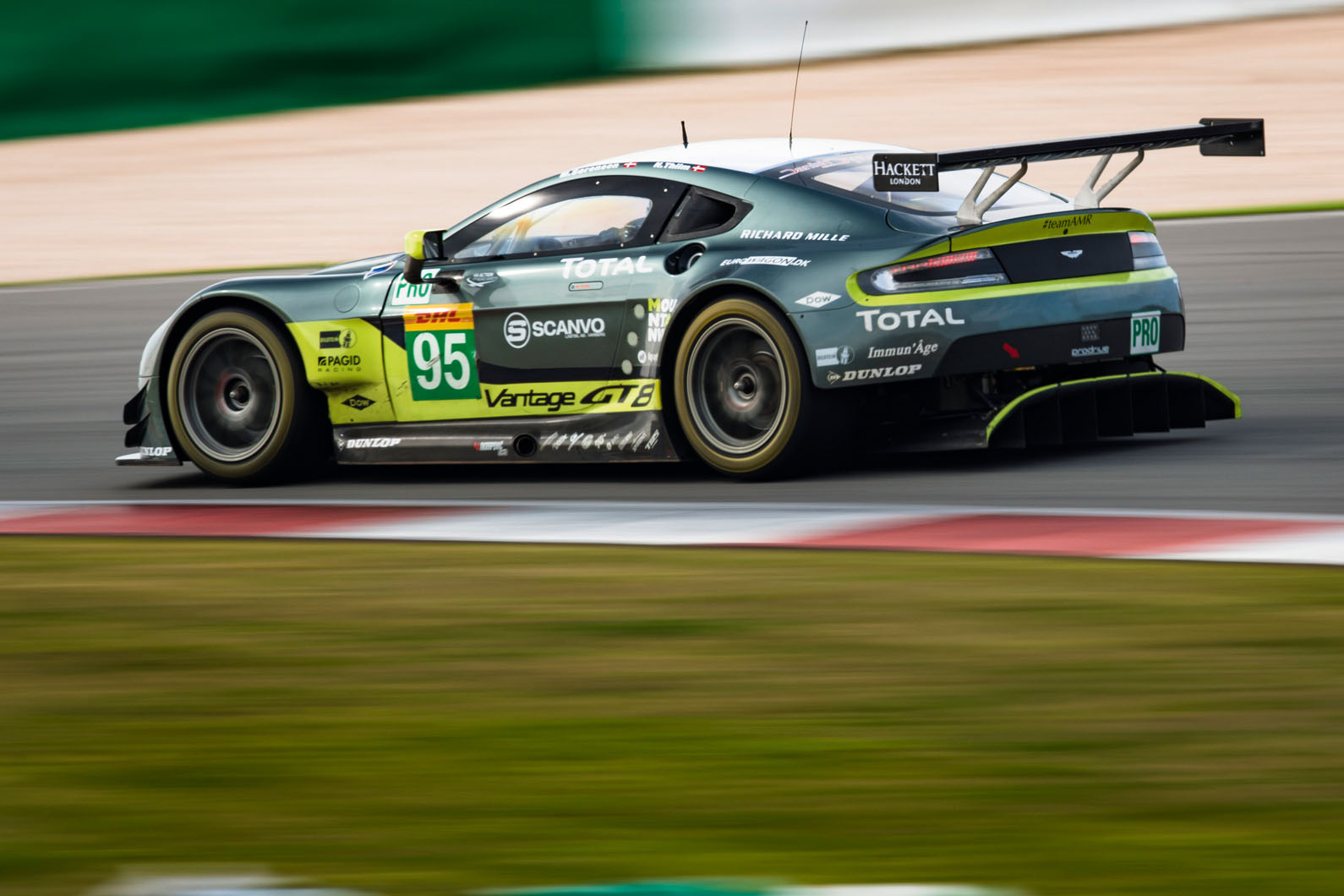
I’m not overly impressed during my opening stint. Vision is obstructed due to the aft seating position and the safety netting, and the steering seems too light and the throttle too sensitive, but I fare better in my second stint as I begin to connect with the circuit and car. It dawns on me that my initial reservations were due to my disappointing pace.
As I get quicker, the car rewards me more. The steering improves and the traction control tuning is spot on, although you must still take care in low-speed corners, where a grab of opposite lock is needed if you’re too ambitious with the throttle.
At least mechanical sympathy isn’t a big concern. “Every part on the car is ‘lifed’ [life limited],” says Sayers. “Engines are lifed to 5000km [3100 miles]. From all the other parts, such as the gearbox and wheel bearings, we’ll get 10,000km [6200 miles]. If a part is well within its life, there’s no reason to introduce a variable through stripping and rebuilding.”
I can’t get over the amount of brake pedal pressure needed. ABS isn’t allowed in GTE and the modulation of the system is only intuitive when you’re attempting to push the pedal through the firewall. A gym membership would be essential for any extended run.
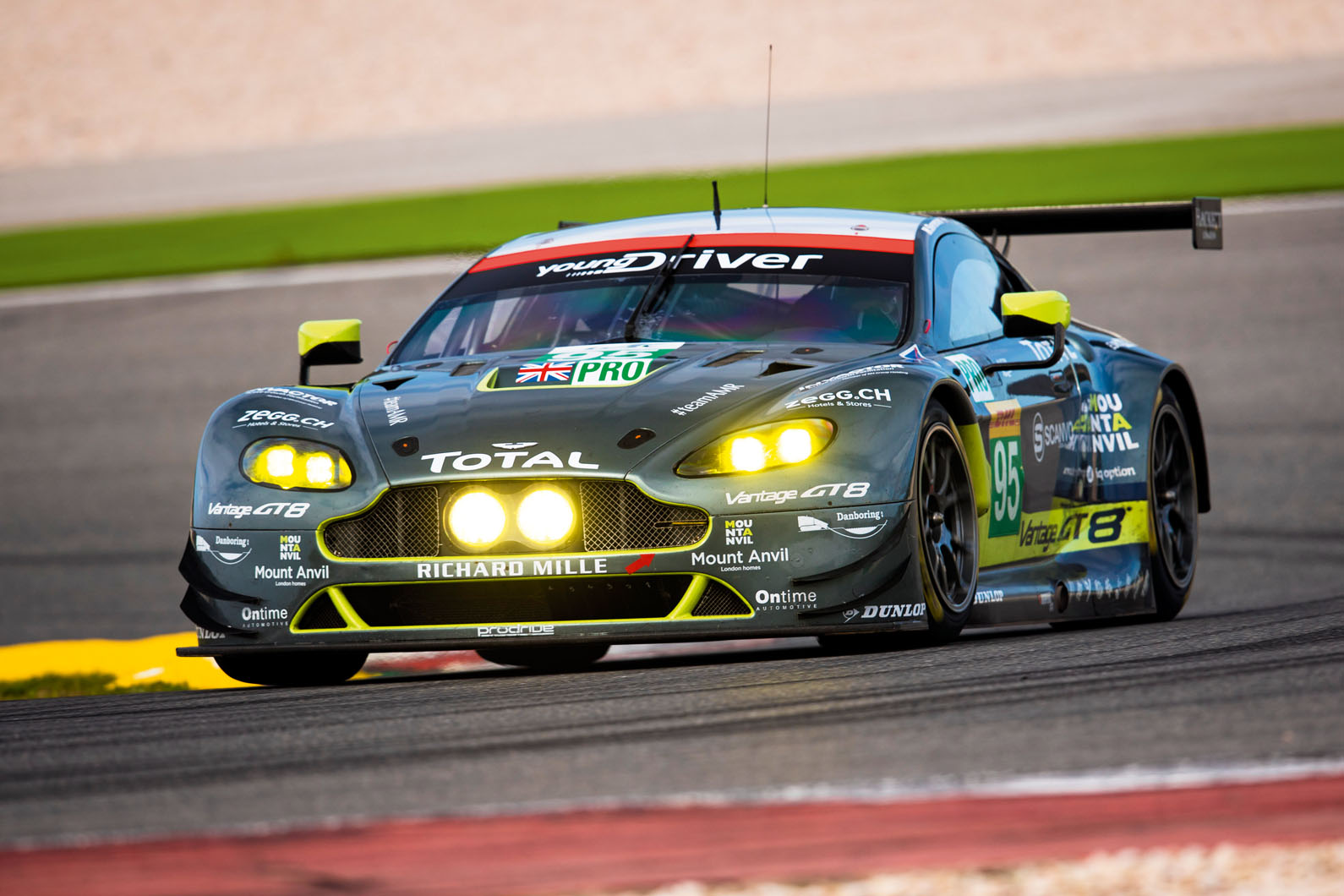
Then there’s the engine. The V8 is torquey and sounds amazing as it revs towards the near-8000rpm redline, but the chassis is so good and the car carries so much speed in the corners that I’m not actually blown away by the straight-line speed. It’s not remotely slow, but the Aston weighs 1280kg and the high downforce doesn’t help. There are supercars that offer quicker acceleration, but the Aston would still leave them for dead at the track.
My third stintis truly magical but also brings the realisation that the difference between the professionals and a wannabee journalist is seat time and the related comfort level in the car, especially in high-speed corners and under braking. The amount of downforce is staggering. I can’t imagine dancing the Aston at the edge of adhesion at triple-digit speeds, lap afterlap, with other cars of varying pace buzzing around like flies. Add in inclement weather and darkness and my respect for endurance drivers only grows.
I want more time but I’m also relieved I didn’t wad the car into a fiery inferno. I’d imagine Aston Martin Racing is even more relieved. Better still, you can go and see this very car, albeit in an updated livery, battle against the Porsche 911 RSR, Ford GT and Ferrari 488 GTE during the opening round of the WEC season at Silverstone on 16 April.
Marc Noordeloos

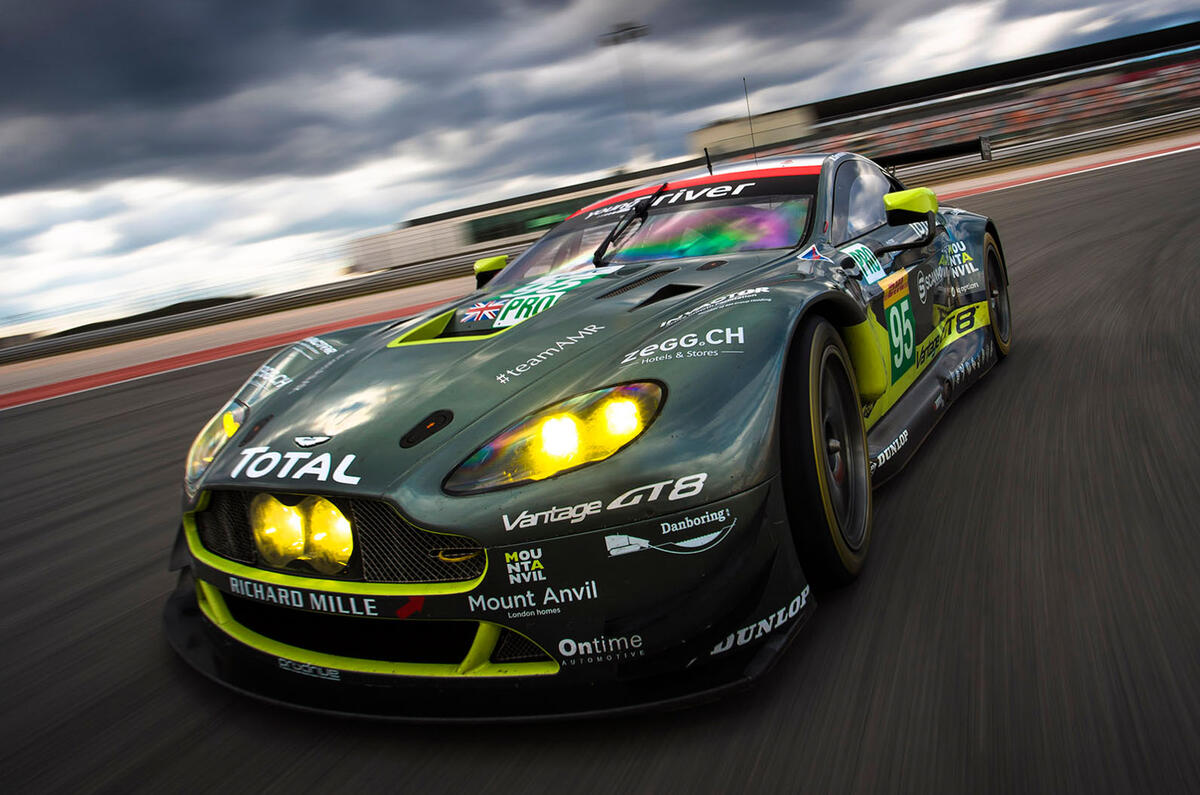
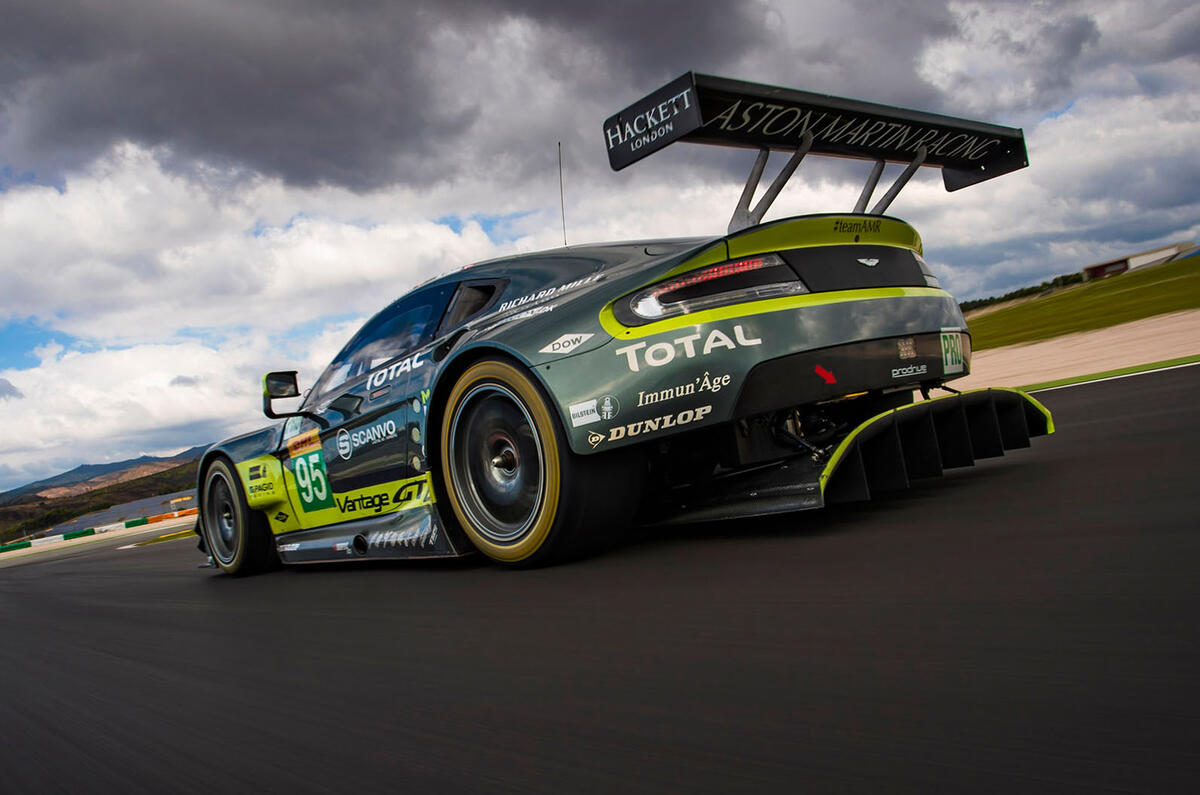
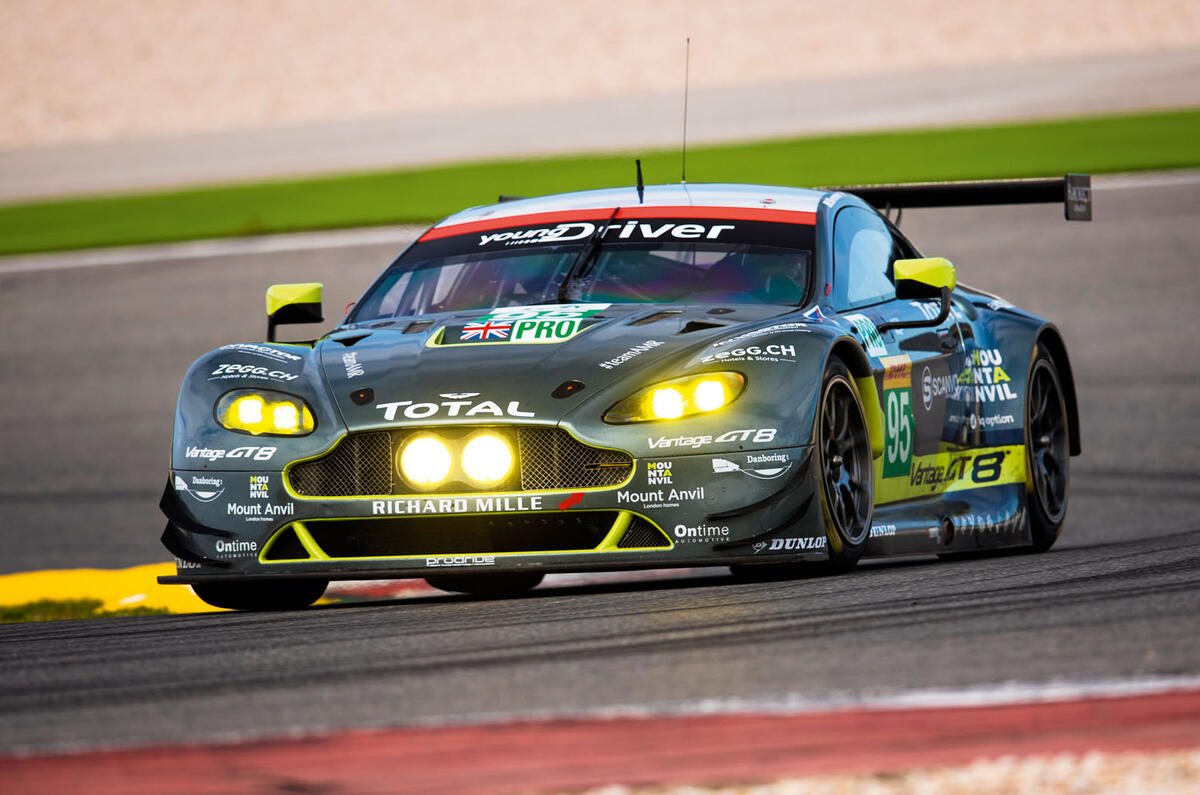
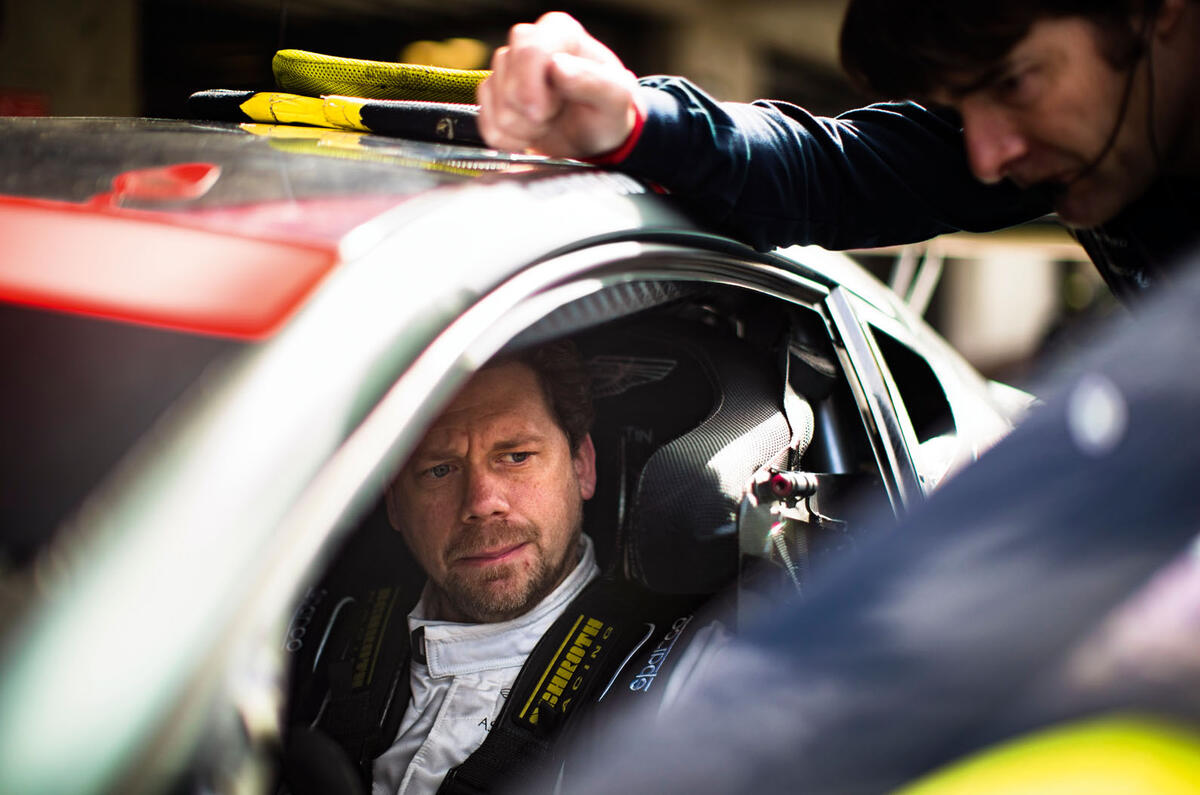
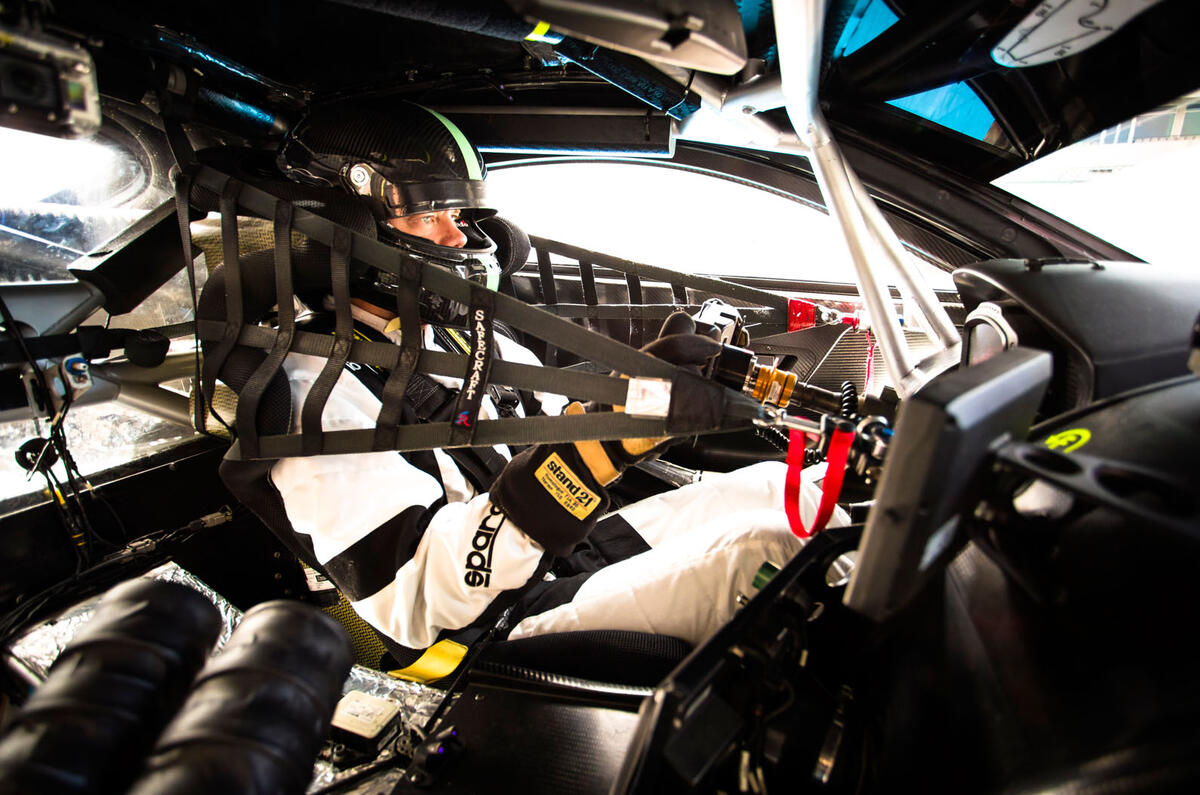
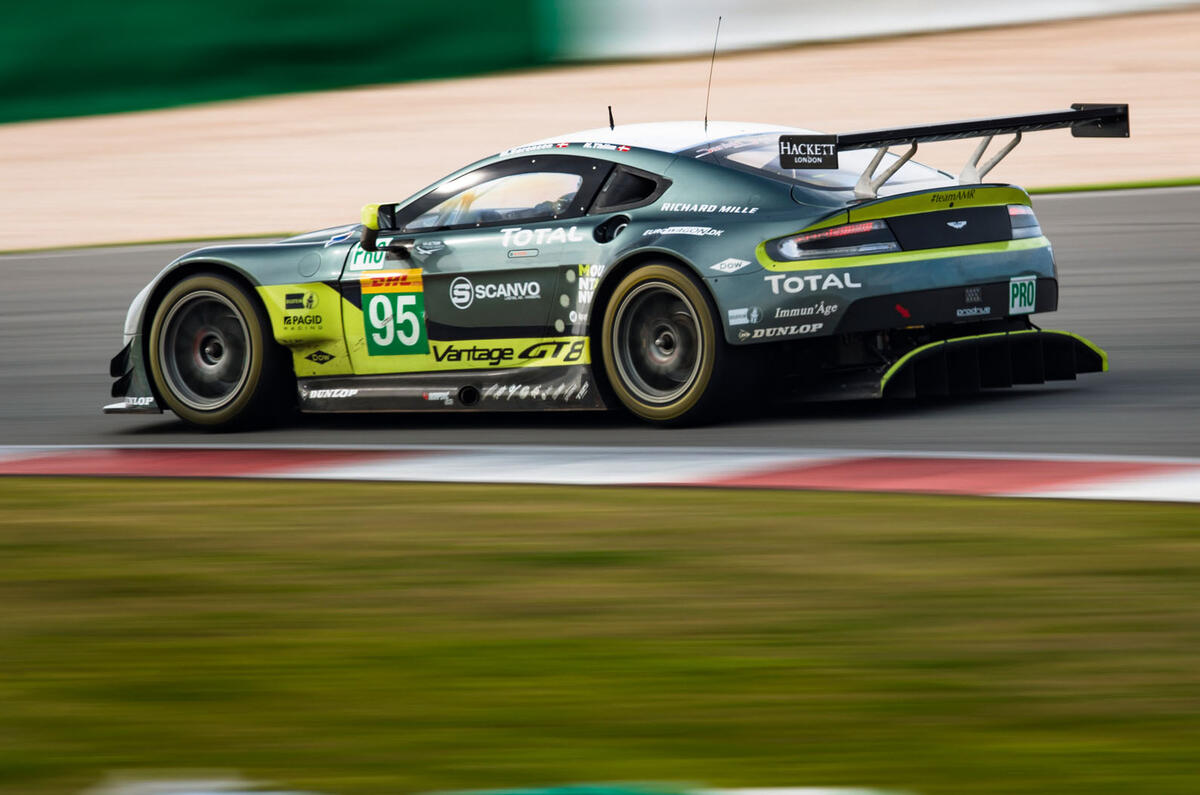

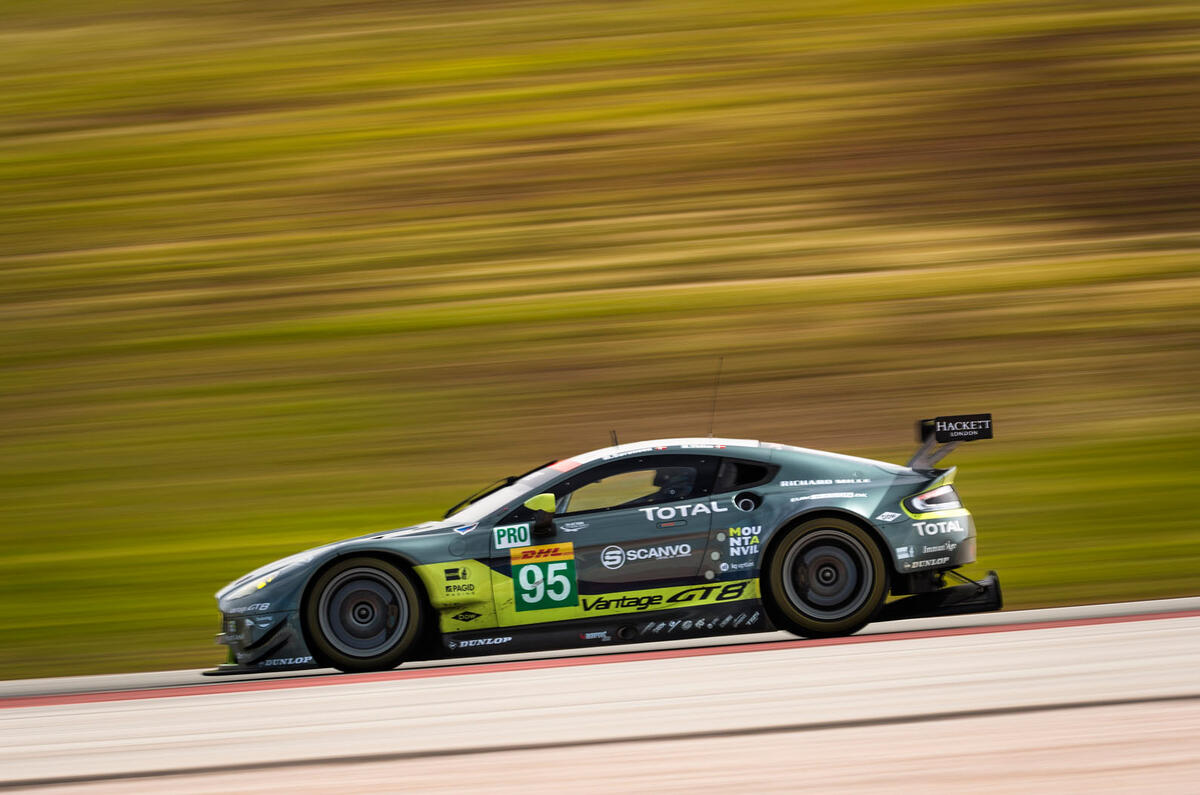
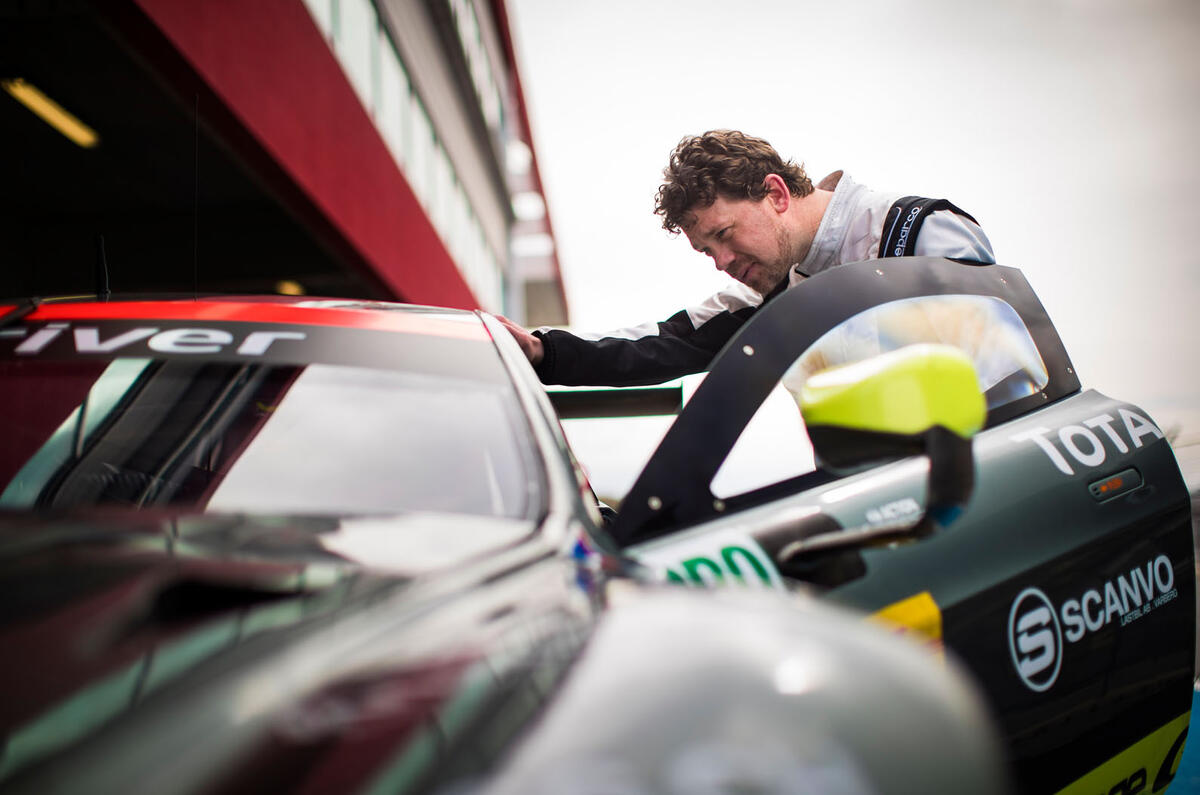

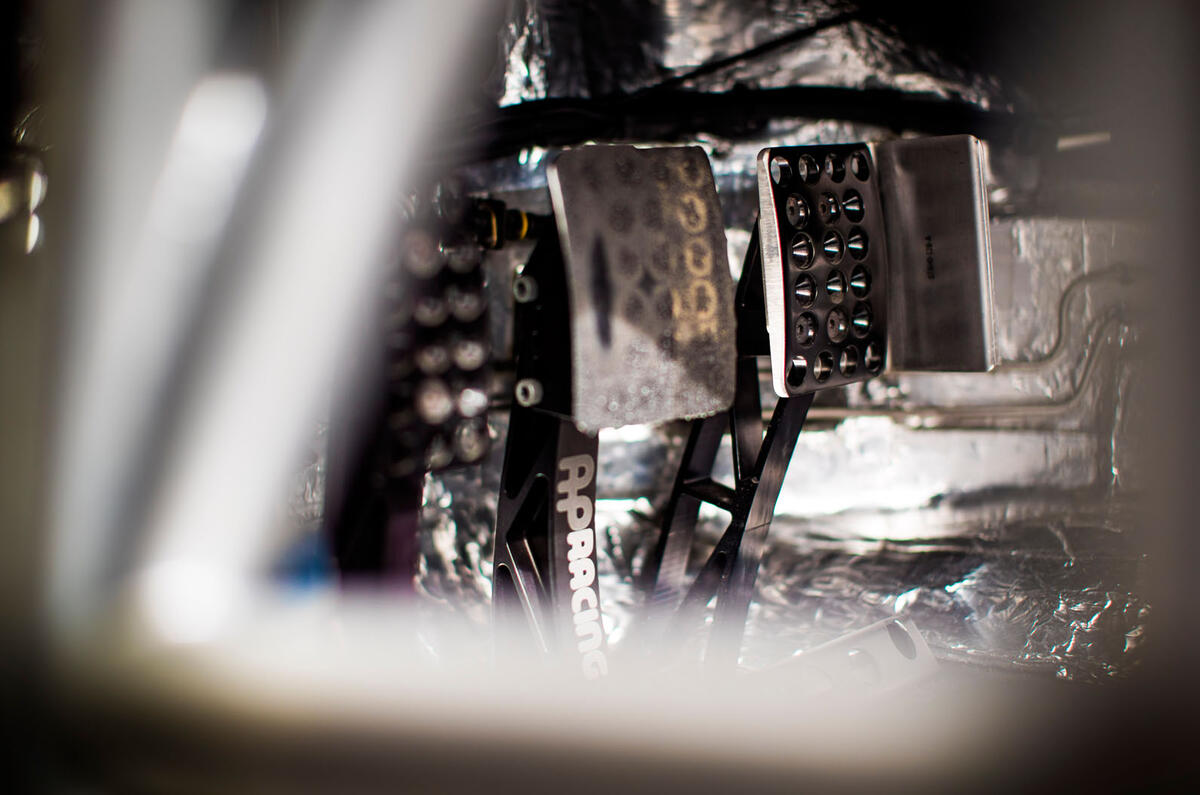
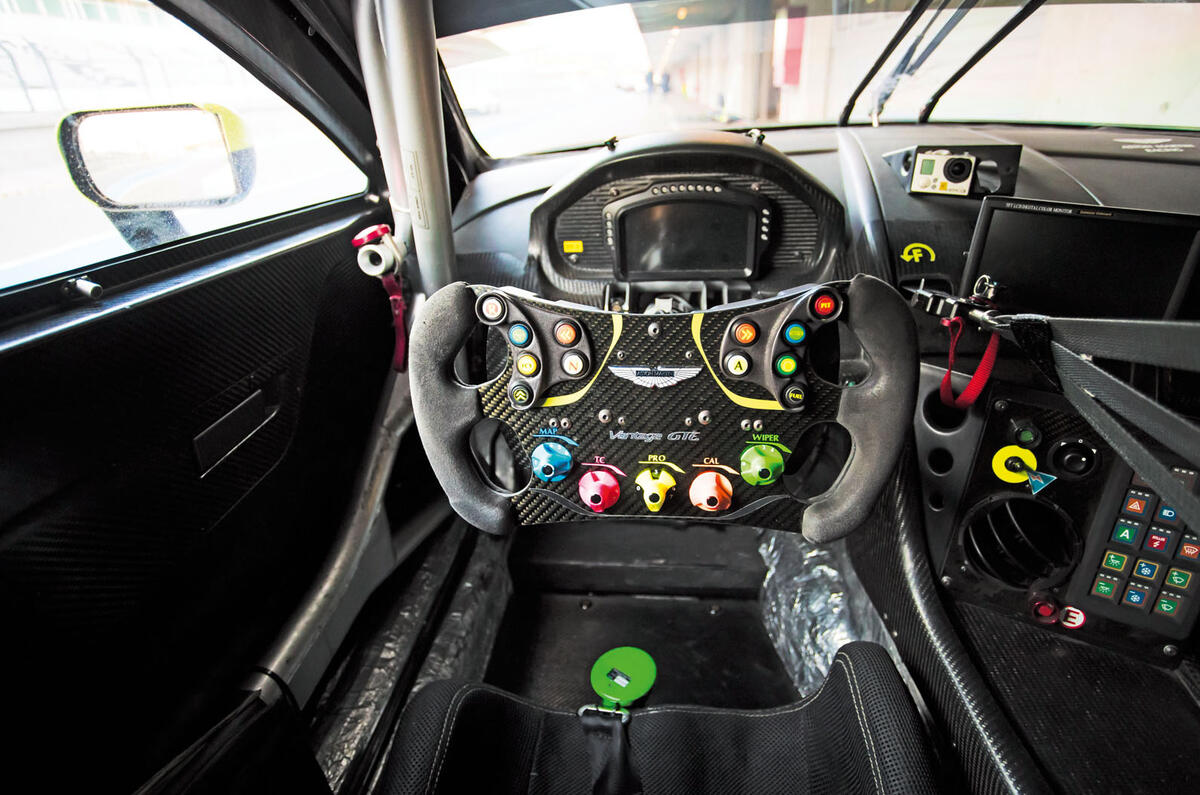
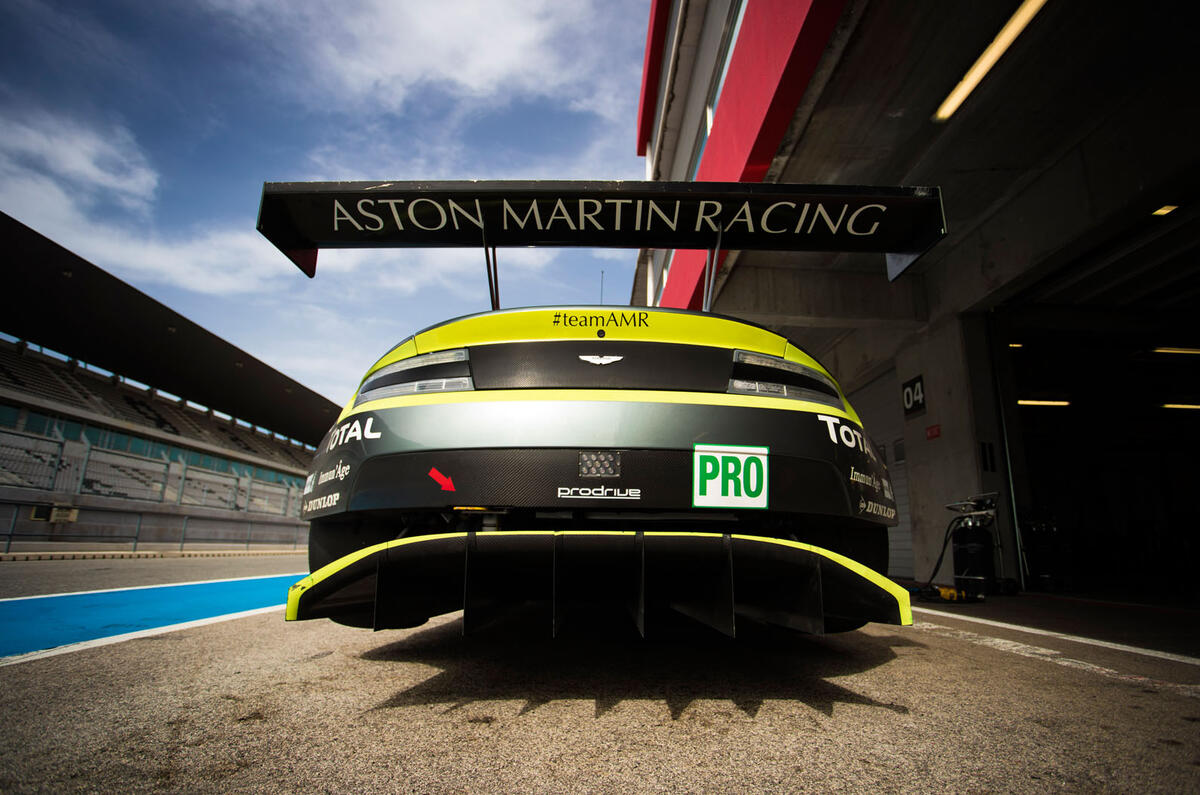


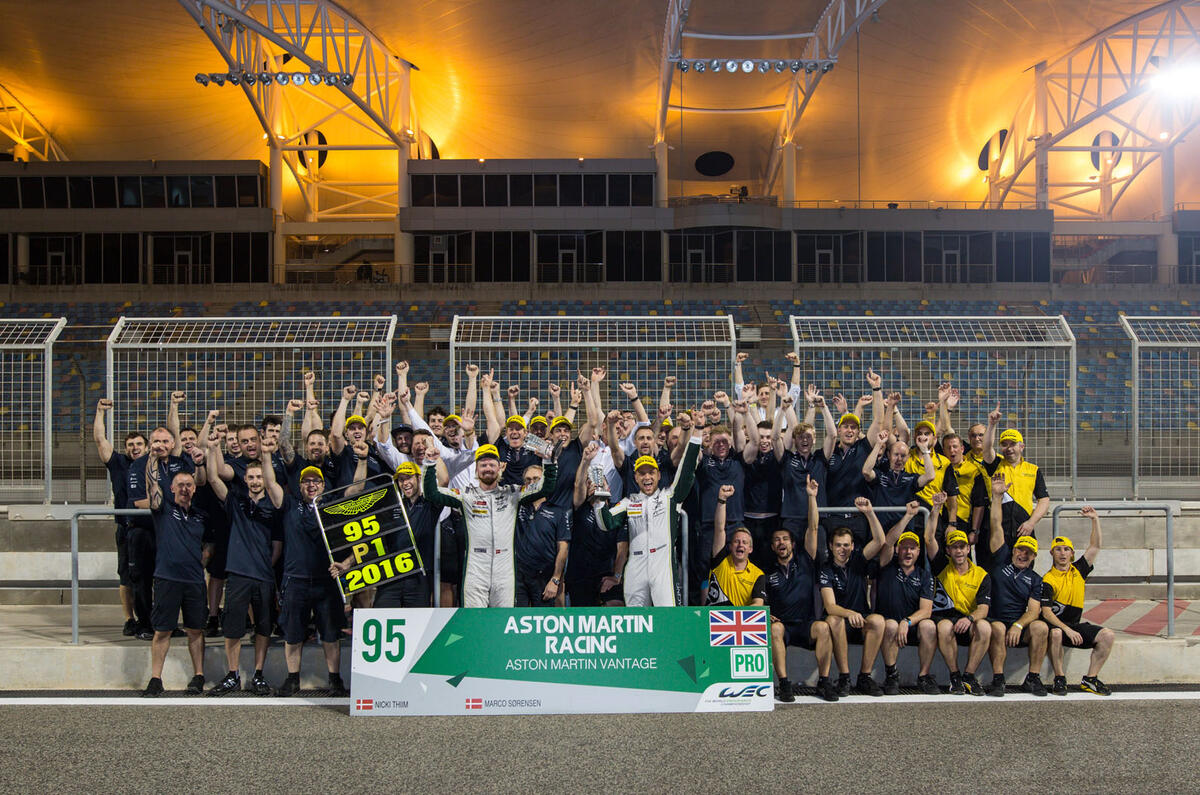












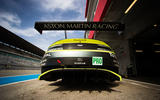




Join the debate
Add your comment
When will they ban traction